As we learned in last week’s blog post, Hungary is a country rich in wine-making traditions that boasts an impressive array of unique grape varieties. These indigenous grapes not only produce exquisite wines but also offer delightful pairings with foods. This article delves into some notable Hungarian grape varieties, their characteristics, and how they can be paired with traditional Hungarian dishes and other cuisines to create unforgettable culinary experiences.
We will also explore Lake Balaton, Central Europe’s largest freshwater lake, known for its natural beauty, cultural richness, and renowned wineries, highlighting its top attractions and activities.
Exploring Lake Balaton
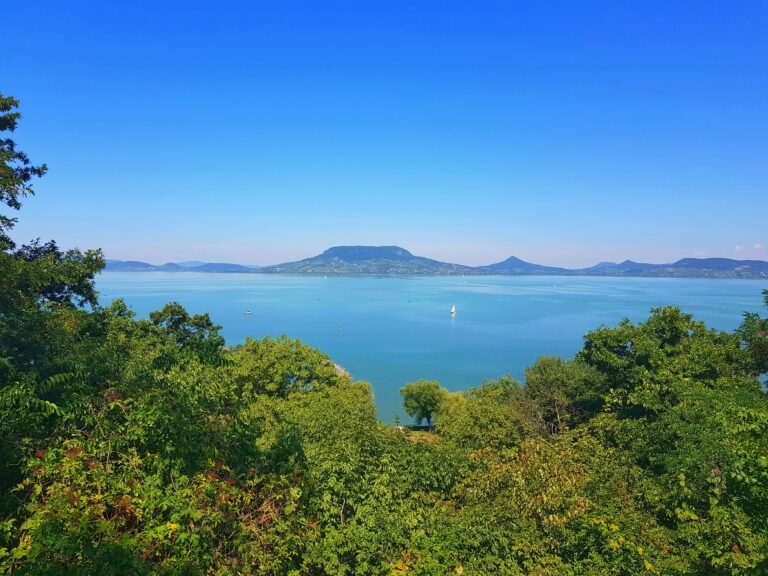
Lake Balaton, known as the “Hungarian Sea”, spans 77 kilometres and covers 600 square kilometres. Its shallow waters are perfect for swimming, sailing, and water sports. The lake is divided into two main regions: the northern shore and the southern shore, each offering unique experiences.
Discover the Northern Shore
- Tihany Peninsula: The Tihany Peninsula is a picturesque spot with stunning views and lavender fields. It features the Tihany Abbey, a Benedictine monastery dating back to 1055, offering panoramic views of the late. The charming village has traditional Hungarian cottages, shops, and cafes. Fun fact: Tihany’ Peninsula’s lavender fields are not just for show. The lavender is used in local products like soaps, oils, and even lavender-flavoured ice-cream!
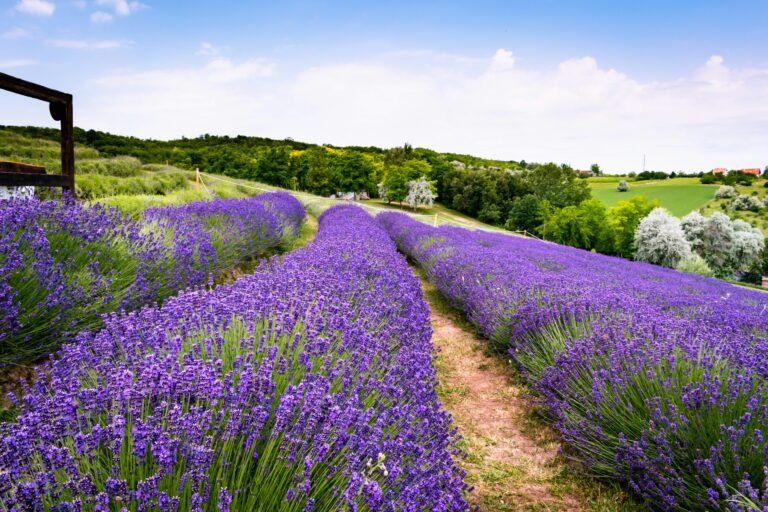
- Badacsony: Badasonic is a volcanic hill with beautiful hiking trails and some of the best wineries in the region, such as Jásdi Winery and Laposa Estate. The basalt hillsides provide a perfect microclimate for grape growing, producing fine wines, especially from the indigenous Kéknyelű grape.
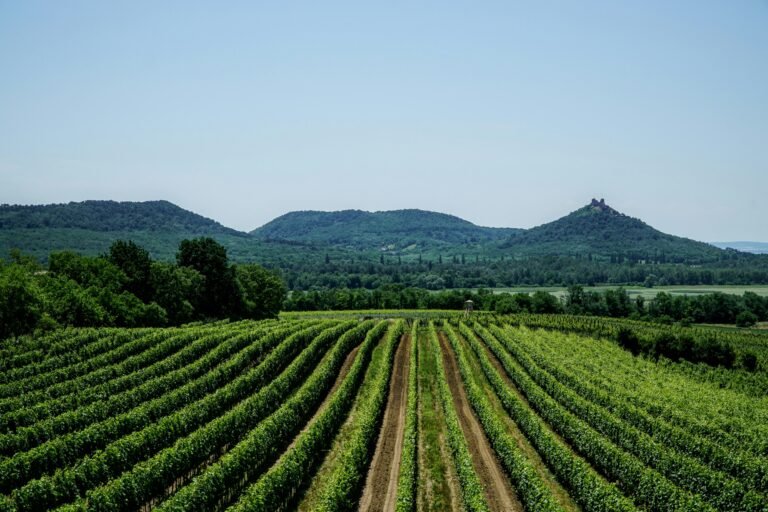
Experience the Southern Shore
- Siófok: Siófok, the bustling hub of the southern shore, is known for its vibrant nightlife with numerous bars, clubs, and restaurants. Its long, sandy beaches are perfect for sunbathing and swimming. The Siófok Water Tower offers stunning views of the lake and the surrounding area.
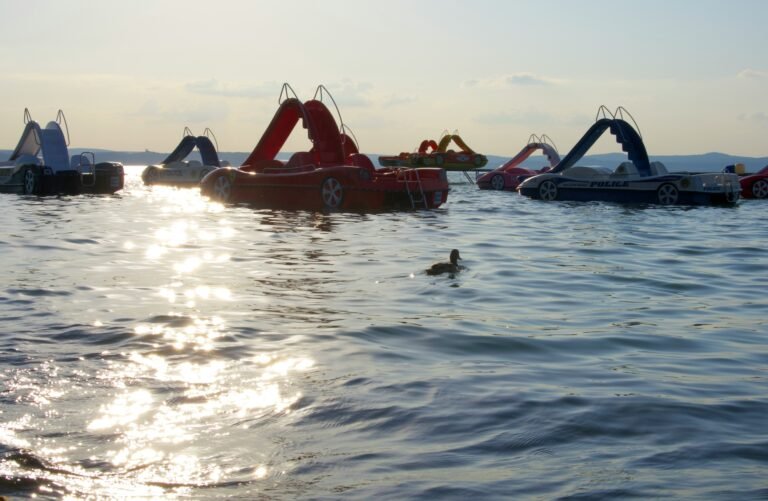
- Balatonlelle: Ballatonlelle is a family-friendly destination with activities for all ages, including water park, amusement park, and beautiful beaches. Nearby Kishegy hill offers excellent hiking and stunning lake views.

Must-Visit Attractions Near Lake Balaton
- Hévíz Thermal Lake: A short drive from Lake Balaton, Hévíz is home to the largest natural thermal lake in the world. The warm, mineral-rich waters are ideal for relaxation and therapeutic treatments. Interestingly, Hévíz Thermal Lake is a perfect spot for winter swims, at it maintains a year-round temperature of around 24 to 38 degrees due to its volcanic origin.
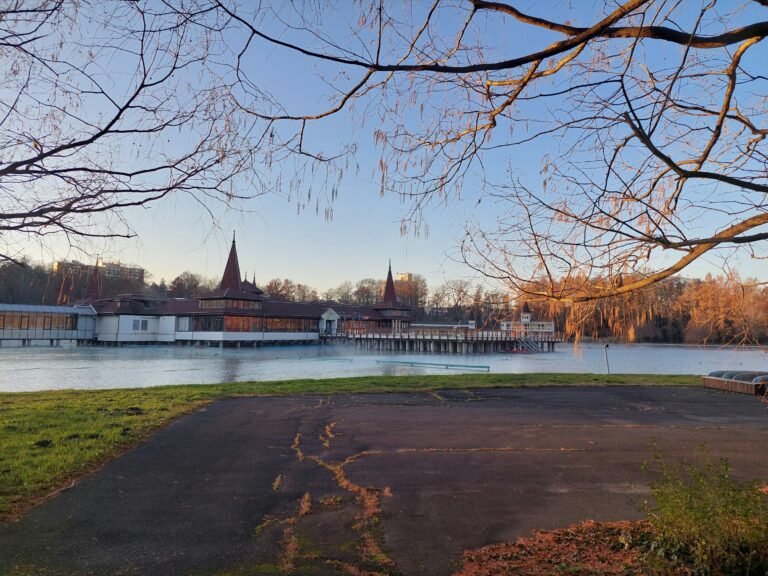
- Balaton Uplands National Park: For nature enthusiasts, the Balaton Uplands National Park offers volcanic hills, forests, and meadows, ideal for hiking and bird watching.
- Festetics Palace: In Keszthely on the western shore, the magnificent Festetics Palace houses the Helikon Castle Museum and boasts beautifully landscaped gardens.

Lake Balaton is a gem in Hungary’s crown, offering a wealth of experiences, and the best way to accompany it is with great traditional food pairing and great Hungarian wine:
Hungarian Grape Varieties and Perfect Food Pairings
- Furmint
Furmint is one of Hungary’s most celebrated white grape varieties, primarily known for its role in producing the world-famous Tokaji Aszú. Furmint wines range from dry to lusciously sweet, exhibiting high acidity and favours of green apple, pear, and lime, often with a distinctive minerality.
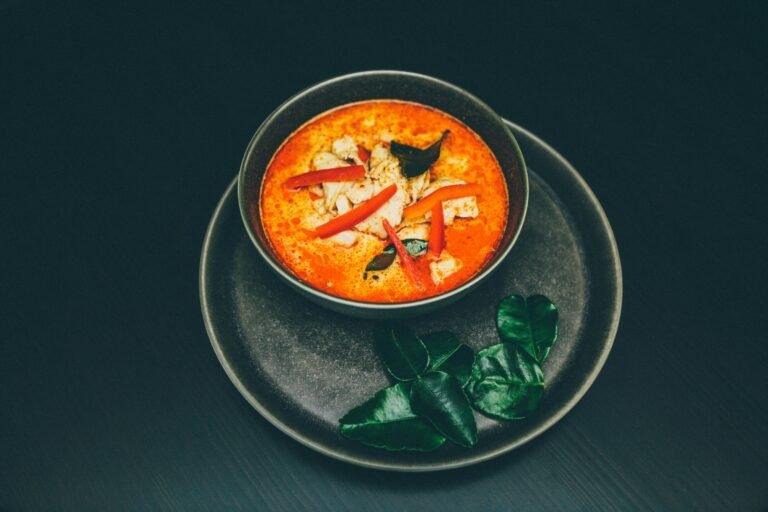
Food pairing with Furmint: Dry Furmint pairs wonderfully with seafood, particularly grilled fish and shrimp. Its acidity and citrus notes complement the favours of these dishes perfectly. For traditional Hungarian fare, pair dry Furmint with Halászlé (fish soup), where its acidity cuts through the richness of the broth. Sweet Furmint, particularly Tokaji Aszú, pairs excellently with foie gras, blue cheeses, and desserts like Dobos Torte.
- Hárslevelü
Hárslevelü, translating to “lime leaf” is another key grape in Tokaji wines. It produces aromatic wines with a bouquet of floral notes, lime blossom, and a honeyed character. Hárslevelü wines are versatile, ranging from dry to sweet.
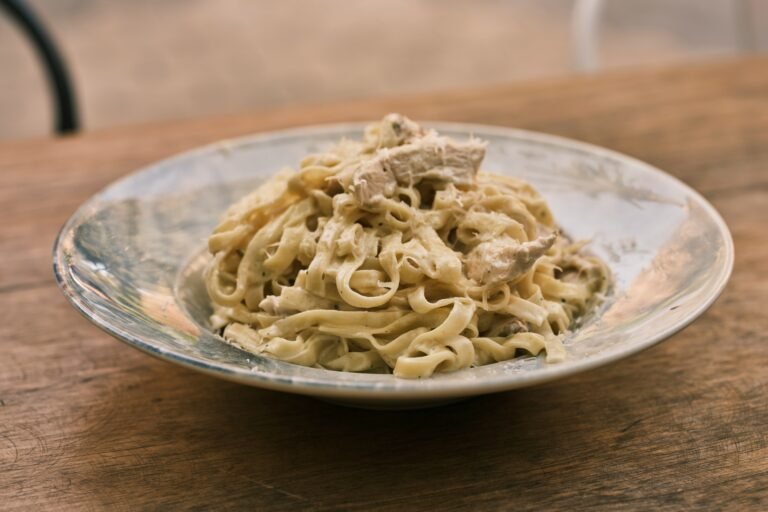
Food pairing with Hárslevelü: Dry Hárslevelü is a superb match for poultry dishes and creamy pastas. Its floral and citrus notes can elevate a simple roast chicken or a creamy mushroom pasta. Traditional Hungarian dishes like Paprikás Csirke (chicken paprikash) also pairs well with Hárslevelü, as the wine’s acidity balances the creamy, paprika-infused sauce. Sweet Hárslevelü is ideal with fruit-based desserts and can even complement spicy Asian dishes due to its rich honeyed profile.
- Kadarka
Kadarka, a red grape variety, is integral to the famed Hungarian Bull’s Blood (Egri Bikavér). Kardaka wines are light to medium-bodied with red fruit flavours like cherry and raspberry, often with a hint of spice.
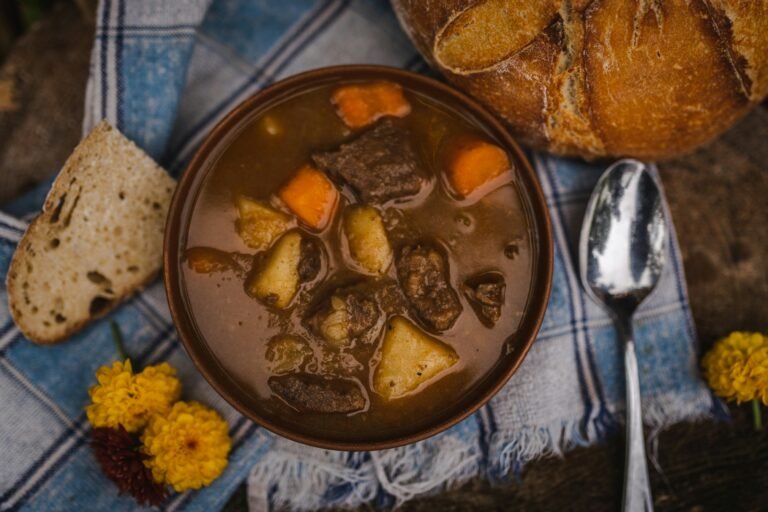
Food pairing with Kadarka: The light, fruity nature of Kadarka makes it a versatile wine for food pairing. It works well with charcuterie, grilled vegetables, and lighter meat dishes. In Hungarian cuisine, Kadaraka pairs wonderfully with Hortobágyi Palacsinta (savoury pancakes filled with meat), where its acidity and fruity profile enhance the flavours of the dish. It also complements Gulyás (goulash), as its spice and red fruit notes harmonize with the hearty stew.
- Kékfrankos
Kékfrankos, also known as Blaufränkisch in Austria, is a prominent red grape in Hungary. It produces medium to full-bodied wines with flavours of black cherry, blackberry, and peppery spice, often with good tannin structure.
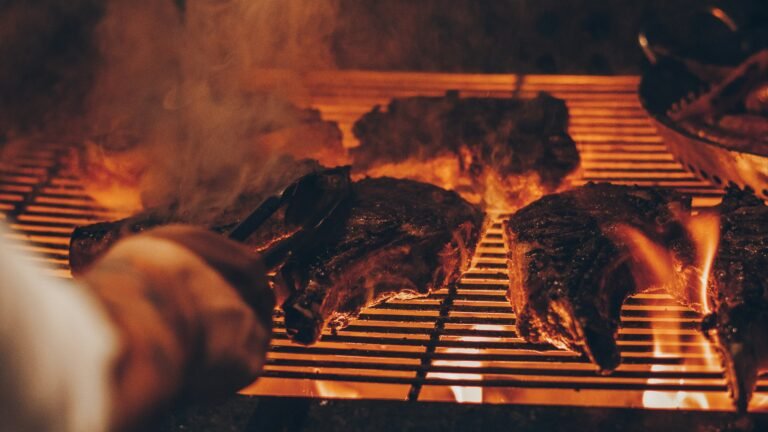
Food pairing with Kékfrankos: Kékfrankos is an excellent wine for hearty meat dishes. Its robust structure and dark fruit flavours make it a perfect match for grilled steaks, lamb, and game. For a traditional Hungarian pairing, try Kékfrankos with Pörkölt (a Hungarian stew similar to goulash but thicker). The wine’s tannins and acidity cut through the rich, slow-cooked met, creating a balanced and satisfying pairing.
- Olaszrizling
Olaszrizling, despite its name suggesting Italian origins, is one of Hungary’s most widely planted white grape varieties. It produces wines that are typically dry and exhibit flavours of green apple, almond, and often a distinct minerality. Olaszrizling wines are known for their crisp acidity and versatility.

Food Pairing with Olaszrizling: Olaszrizling is incredibly versatile, pairing well with a range of foods. Its crisp acidity makes it an excellent match for seafood, such as grilled calamari or oysters. It also pairs beautifully with Hungarian dishes like Lecsó (a vegetable stew with peppers and tomatoes) and Rántott Sajt (fried cheese). The wine’s acidity cuts through the richness of these dishes, creating a harmonious balance.
Hungary’s wine culture offer a rich tapestry of experiences for travellers and food enthusiasts alike. From the refreshing whites of Furmint and Hárslevelü to the robust reds of Kadarka and Kékfrankos, there’s a Hungarian wine to suit every palate and occasion. Whether you are exploring the natural beauty of Lake Balaton or savouring a traditional Hungarian meal, the perfect wine pairing can elevate your experience to new heights.
